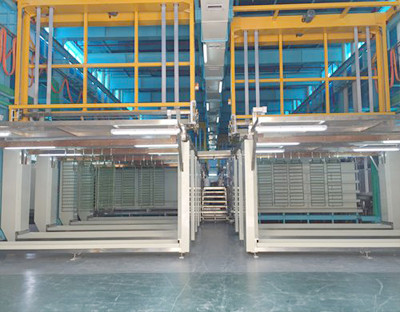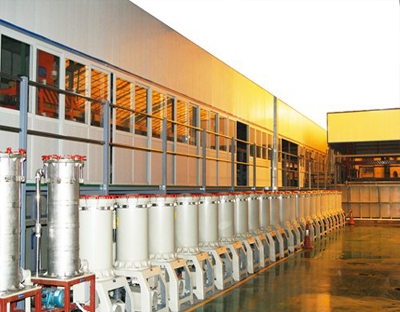Rack Plating
Rack plating is that the work piece is clamped on the hanger, which is suitable for large parts. The number of products that can be plated in each batch is small, and the plating thickness is above10μm.
Rack plating is suitable for general size products and is the most commonly used way in electroplating production.During electroplating, the work piece is hung on the racks made of materials with good conductivity, then immersed in the electroplating solution to be plated as the cathode, the anode is placed at an appropriate distance on both sides, and the metal ions are deposited on the surface of the part after energization.
The rack shall be in firm contact with the parts to ensure that the current flows evenly through the plated parts.The rack shall be designed according to the actual situation of production and must be convenient for loading and unloading.Rack plating is suitable for electroplating precision parts with high requirements, such as watch case, watch strap, glasses frame, jewelry, hardware precision parts, etc.When electroplating, the current density of a single piece is high and will not change with time, the tank voltage is low, the temperature rise of the plating solution is slow, the output is small, and the uniformity of the plated piece is good; However, the productivity is low and the maintenance of equipment and auxiliary appliances is large.
Barrel plating
Barrel plating is that the work piece is loaded into the drum, which is suitable for small parts. The number of each barrel is large and the plating thickness is below 10μm.
Barrel plating is another common method in electroplating production.It is a method to place the parts to be plated in a polygonal drum, connect the cathode by relying on the weight of the work piece itself, and realize metal electrodeposition in the process of drum rotation.
The biggest difference between barrel plating and rack plating of small parts is that it uses a drum, which is a material holding device that carries the plating of small parts in the process of constantly rolling.A typical drum is hexagonal and placed horizontally.One side of the drum wall plate is open. During electroplating, a certain number of small parts are installed into the drum from the opening, and then the drum door is covered to close the opening.There are many small holes on the drum wall plate. During electroplating, the conduction of current between parts and anode, the renewal of solution inside and outside the cylinder and the discharge of waste gas all need to pass through these small holes.The cathode conductive device in the drum passes through the central shaft holes on both sides of the drum through copper wires or rods, and then is respectively fixed on the conductive feet of the left and right wall panels of the drum.The parts are naturally connected with the cathode conductive device by their own gravity in the drum.The barrel plating of small parts is carried out in such a device.Many factors such as the structure, size, rotating speed, conductive mode and hole opening rate of the drum are related to the production efficiency and plating quality of barrel plating.Therefore, roller is one of the key points of the whole barrel plating technology.
Compared with rack plating, the biggest advantages of barrel plating are saving labor, improving productivity, less equipment maintenance cost and small floor area, and good uniformity of plating.However, the application range of barrel plating is limited, and the plated parts should not be too large and too light.The single piece current density is small, the current efficiency is low, the bath voltage is high, the bath temperature rises quickly, and the amount of plating solution is large.





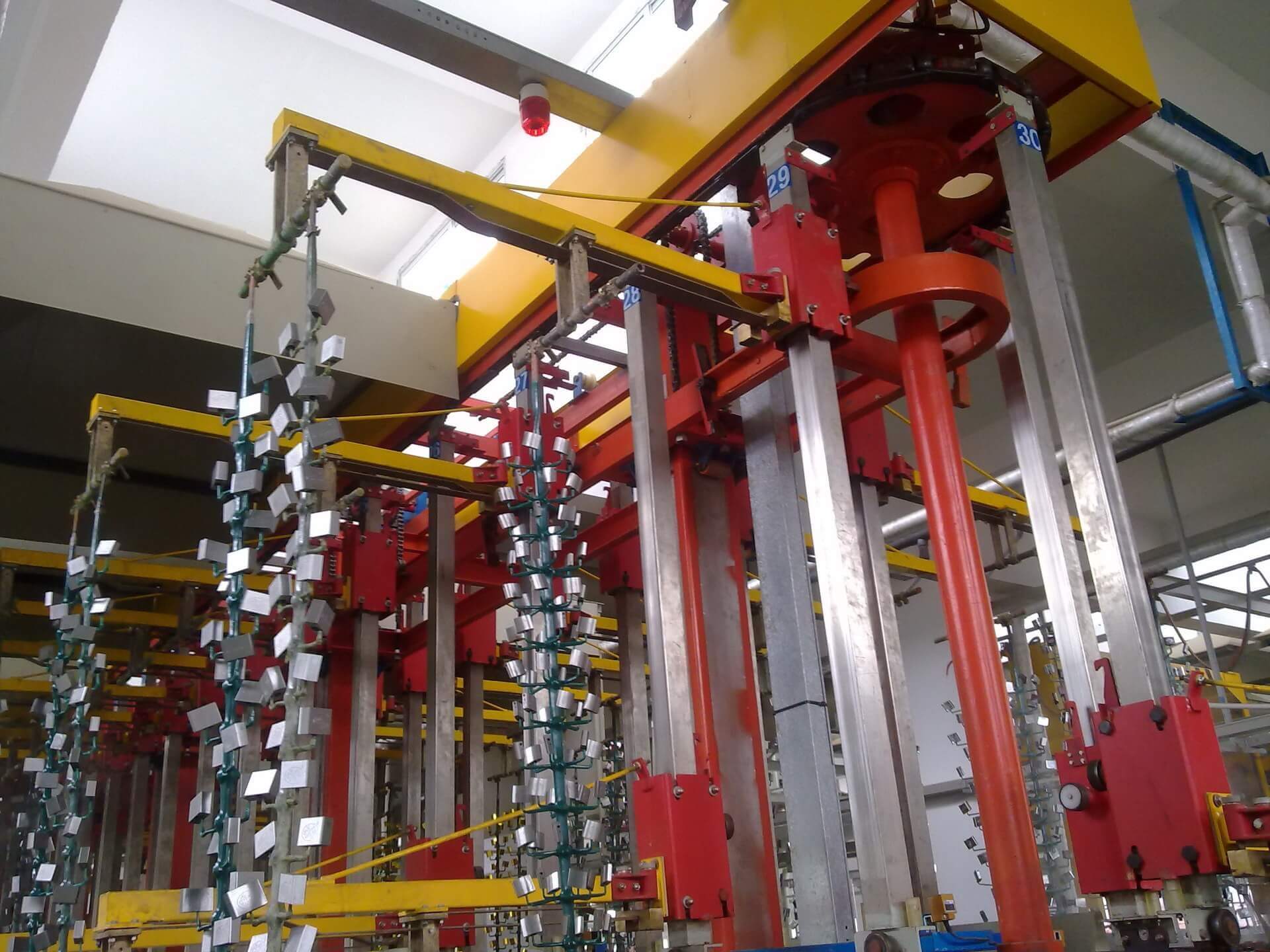
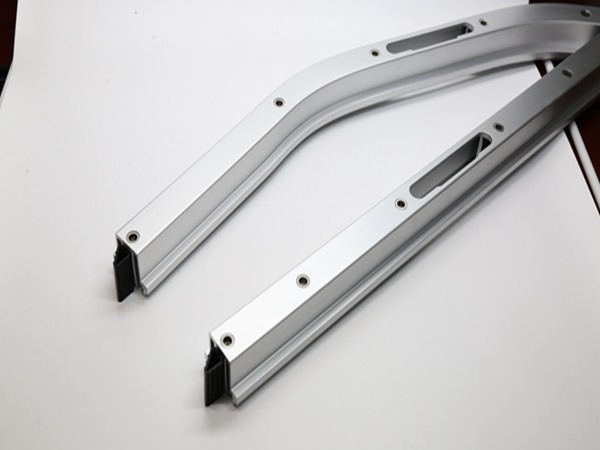
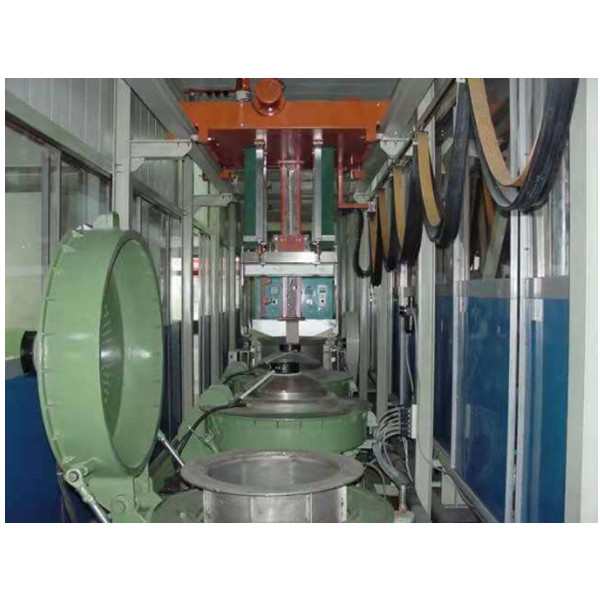
 Oct. 20, 2021
Oct. 20, 2021 